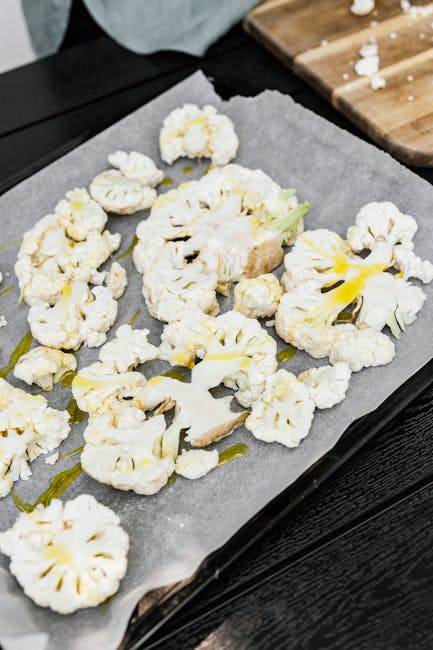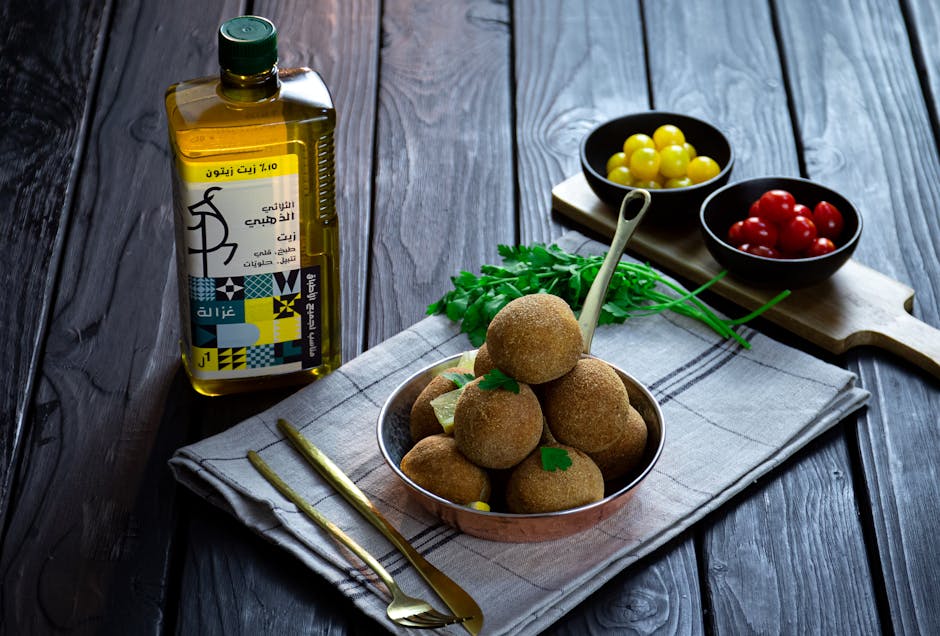Can You Use Olive Oil Instead Of Vegetable Oil When Baking?
The question of whether olive oil can substitute vegetable oil in baking is a common one among home bakers. The answer, as with many culinary queries, is nuanced: it depends. While a direct swap isn’t always ideal, understanding the properties of both oils and employing the right techniques can yield surprisingly delicious results. This comprehensive guide will delve into the intricacies of using olive oil in baking, exploring its impact on texture, flavor, and overall outcome.
Understanding the Differences: Olive Oil vs. Vegetable Oil
Before diving into substitutions, let’s examine the key differences between olive oil and vegetable oil. Vegetable oil, a generic term, typically refers to a blend of various plant oils like soybean, canola, sunflower, and corn oil. These oils are generally neutral in flavor and high in polyunsaturated fats. They have a high smoke point, making them suitable for high-heat cooking. Their neutral flavor profile makes them a versatile choice for baking, where you don’t want the oil to overpower other ingredients.
Olive oil, on the other hand, boasts a more distinct flavor profile, ranging from mild to robust depending on the variety and processing method (extra virgin, virgin, refined). It’s primarily composed of monounsaturated fats, offering potential health benefits. However, its lower smoke point and stronger flavor can significantly impact baked goods.
Flavor Considerations
The most significant difference lies in flavor. Vegetable oil’s neutrality allows other ingredients to shine. Olive oil, especially extra virgin, carries a pronounced fruity or peppery taste that can clash with certain recipes. In cakes, cookies, and muffins, a strong olive oil flavor might be overpowering and undesirable. However, in certain recipes, like olive oil cakes or savory breads, its distinct flavor can be a delightful asset.
Texture and Moisture
Olive oil’s higher density and different fat composition can affect the texture of baked goods. It tends to produce denser, moister results compared to vegetable oil. This can be beneficial in some instances, resulting in a richer, more tender crumb. However, in recipes requiring a light and airy texture, like angel food cake or soufflés, the added moisture from olive oil can lead to a heavy or gummy outcome.
Smoke Point
The smoke point of an oil is the temperature at which it begins to break down and smoke, producing potentially harmful compounds. Vegetable oil generally has a higher smoke point than olive oil, making it better suited for high-heat baking methods. Olive oil, especially extra virgin, has a lower smoke point and is best used in recipes that don’t require high temperatures.
Successful Substitutions: Tips and Tricks
While a direct one-to-one substitution isn’t always successful, here are some guidelines for using olive oil in baking recipes designed for vegetable oil:
- Choose the right olive oil: Refined olive oil has a milder flavor and higher smoke point than extra virgin, making it a more suitable choice for baking where a neutral flavor is preferred. Extra virgin olive oil is best reserved for recipes where its distinct flavor is desired or can complement other ingredients.
- Reduce the amount: Olive oil is denser than many vegetable oils, so using slightly less might prevent an overly moist or dense final product. Start with a reduction of about 10-20%, depending on the recipe and your desired outcome. Observe the texture and adjust accordingly in future attempts.
- Adjust other ingredients: To compensate for the moisture introduced by olive oil, you might need to slightly reduce the amount of liquid in the recipe, such as milk or water. Experimentation is key here.
- Consider the recipe: Certain baked goods are more amenable to olive oil substitution than others. Recipes with strong flavors, such as those incorporating chocolate or spices, can mask the olive oil’s taste more effectively. Recipes calling for a light and airy texture may not be ideal candidates.
- Start small: When trying a new substitution, it’s always best to start with a small batch. This allows you to assess the impact of the olive oil without wasting a large quantity of ingredients.
Recipes Where Olive Oil Shines
Olive oil is not a universal replacement for vegetable oil, but it can significantly enhance certain recipes. Here are some examples:

Olive Oil Cakes
The rich, fruity flavor of olive oil is a star ingredient in many olive oil cakes. These cakes often incorporate citrus zest or other complementary flavors to create a delicious and moist texture.
Savory Breads and Muffins
Olive oil adds a delightful depth of flavor to savory breads and muffins. Its richness complements herbs, cheeses, and other savory ingredients.

Biscotti
The inherent density of olive oil can create a delightfully crisp and chewy biscotti.
Quick Breads
Many quick bread recipes, like banana bread or zucchini bread, can benefit from the added moisture and flavor of olive oil.

Troubleshooting Common Problems
Despite careful planning, some challenges might arise when substituting olive oil for vegetable oil. Here are some common issues and their solutions:
- Overly dense or gummy texture: Reduce the amount of olive oil used in the next attempt and slightly reduce the amount of other liquids.
- Strong olive oil flavor: Use refined olive oil instead of extra virgin. Consider complementing the olive oil flavor with other strong flavors in the recipe.
- Burnt or off-flavored product: Ensure that you are using a type of olive oil suitable for baking, and monitor the baking temperature closely.
- Failure to rise: This could be due to several factors, including the amount of leavening agent, the type of olive oil used, or even the altitude.
Conclusion
Using olive oil in place of vegetable oil in baking requires understanding the unique properties of each oil and adjusting the recipe accordingly. While not a universal substitute, olive oil can add depth of flavor and improve moisture in select baked goods. By employing the tips and tricks outlined in this guide, you can confidently experiment with olive oil in your baking adventures, creating delicious and unique treats.
